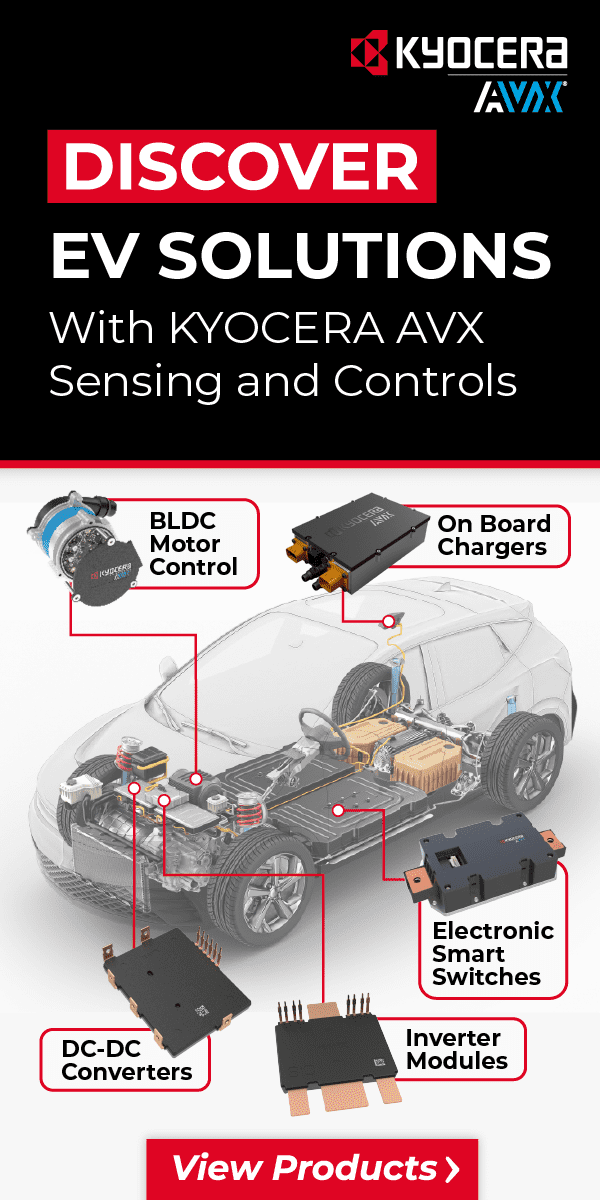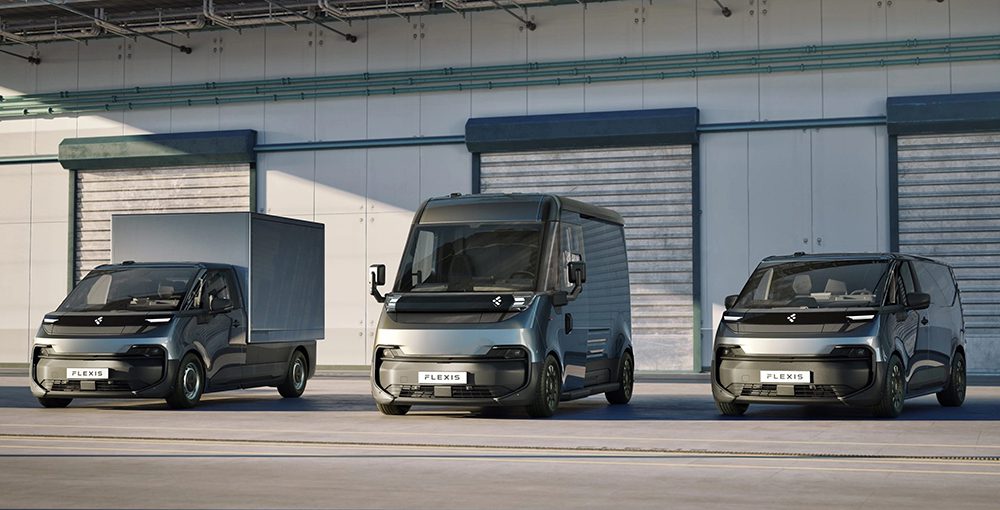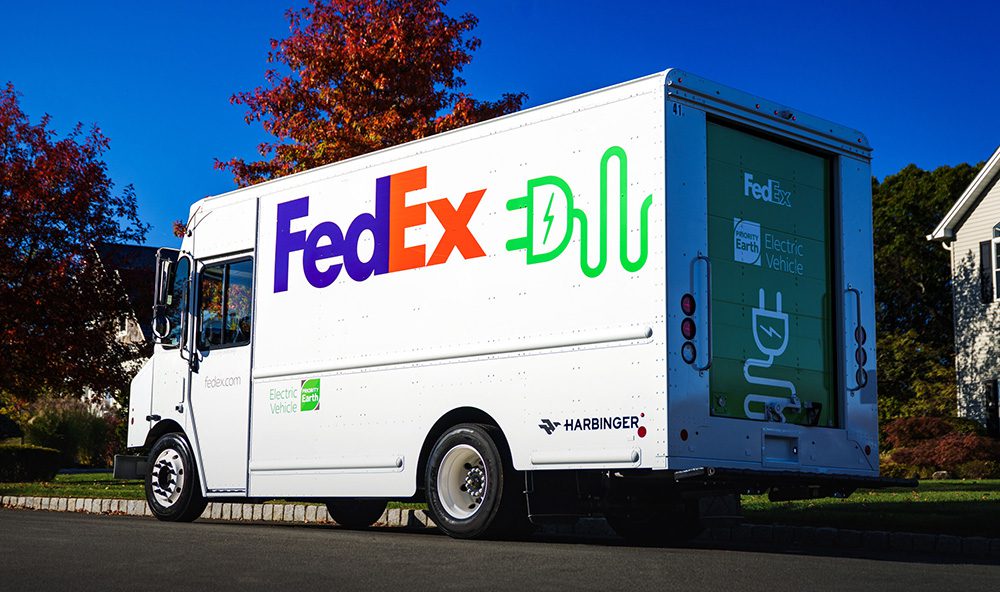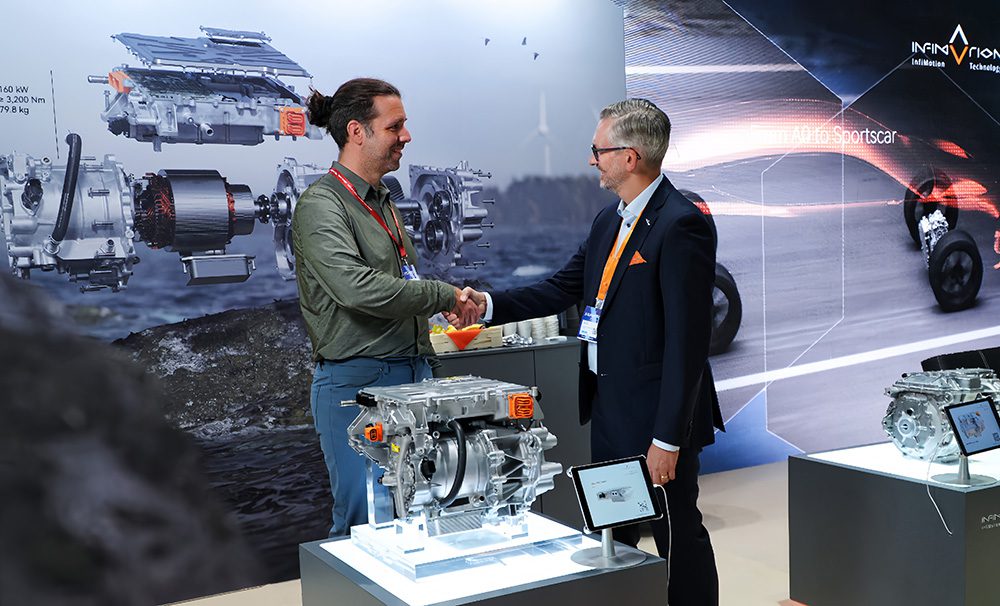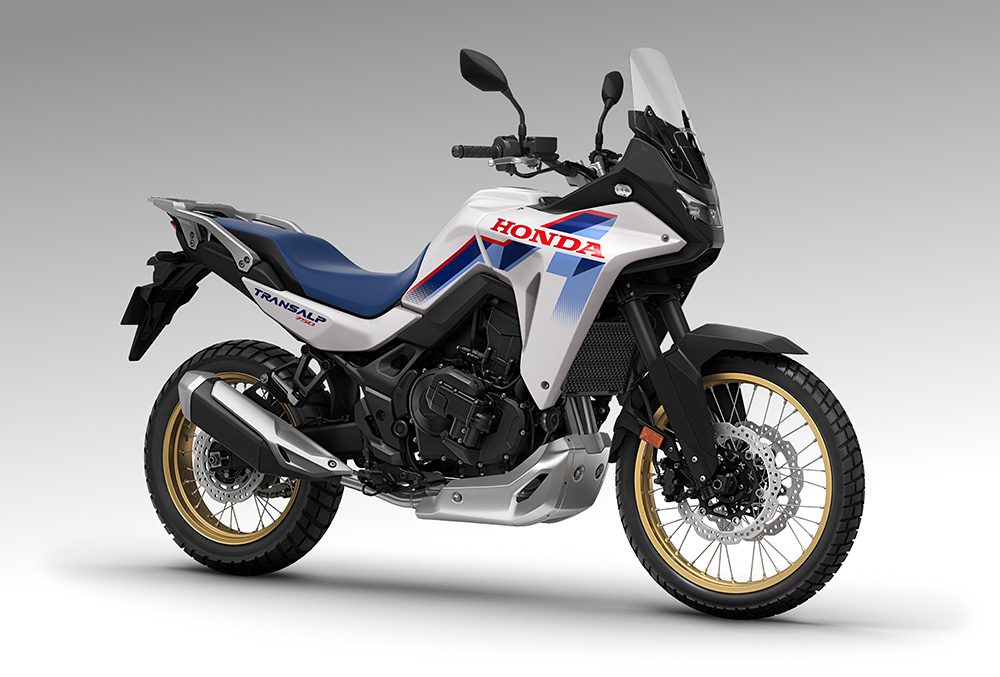It’s not uncommon to see blazing headlines in newspapers and magazines, not to mention on the local evening news, reporting yet another electric vehicle fire. With so many reports, one might think that EVs self-immolate on a regular basis at a far higher rate than automobiles powered by internal combustion engines (ICEs). In actuality, it turns out that the reverse is true: the risk of an internal-combustion-engine vehicle fire is between 20 and 80 times greater.
Kelly Blue Book, Edmunds, MotorTrend and others, citing studies from various countries, report that ICE vehicles catch fire at a far greater rate than EVs.
However, it’s true that EV fires can be harder to put out, and that many firefighters still lack the specialized training and equipment to deal with them. Any new technology that can reduce the risk of vehicle fires, and help emergency personnel extinguish them quickly, would be a welcome development.
Canadian firm Full Circle Lithium has announced that tests of its new Li-on firefighting agent, FCL-X, showed that it was able to “quickly and safely” extinguish controlled burns of two electric vehicles: a Kia EV9 and a Nissan Leaf.
The controlled burns were organized by AEST Fire & Safety, a distributor of FCL-X in the US, and were conducted in front of an audience of more than 50 firefighters and fire safety experts.
Both fires were extinguished in minutes, the company said.
The tests were carried out by FCL-X and AEST Fire & Safety with the assistance of regional firefighters in Georgia. Both demonstrations used the FCL-X Pro concentrate, which FCL developed for the firefighting industry in a form that is easier to add to fire engine tanks.
In the case of the Leaf, which was equipped with a 40 kWh battery that was approximately 50% charged, a team of firefighters ignited the vehicle’s underside using a blowtorch and began to extinguish the conflagration only after the car was fully engulfed in flames and the battery was in full thermal runaway. The fire was extinguished in approximately five minutes using 250 gallons (approximately 8.8 ounces) of FCL-X and two 30-gallons-per-minute (gpm) pressure hoses with high-pressure nozzles.
In the case of the EV9, which had a 77 kWh battery charged to approximately 95%, a team of firefighters ignited the vehicle by puncturing the battery from the back seat. Again, they waited until the battery was in full thermal runaway to begin putting out the blaze.
Because of the EV9’s size, the firefighters immediately began to fight the fire with a 30 gpm pressure hose and a high-pressure nozzle. The fire was under control in less than six minutes, FCL said, and the firefighting process required the use of 350 gallons of FCL-X. The temperature inside the burning Kia reached 1,200° F (649° C). The application of FCL-X reduced the temperature to approximately 120-150° F (49-66° C) within six minutes, and left a large portion of the interior mostly intact.
“FCL-X is the only product that we are aware of to truly extinguish lithium-ion battery fires,” said David Laviner, President of AEST. Laviner studied fire prevention at Gaston College and is currently a lieutenant in the Laurinburg Fire Department in Laurinburg, North Carolina. Laviner also noted that fire services “are years behind in being able to extinguish lithium-ion battery fires effectively.”
Source: Full Circle Lithium








